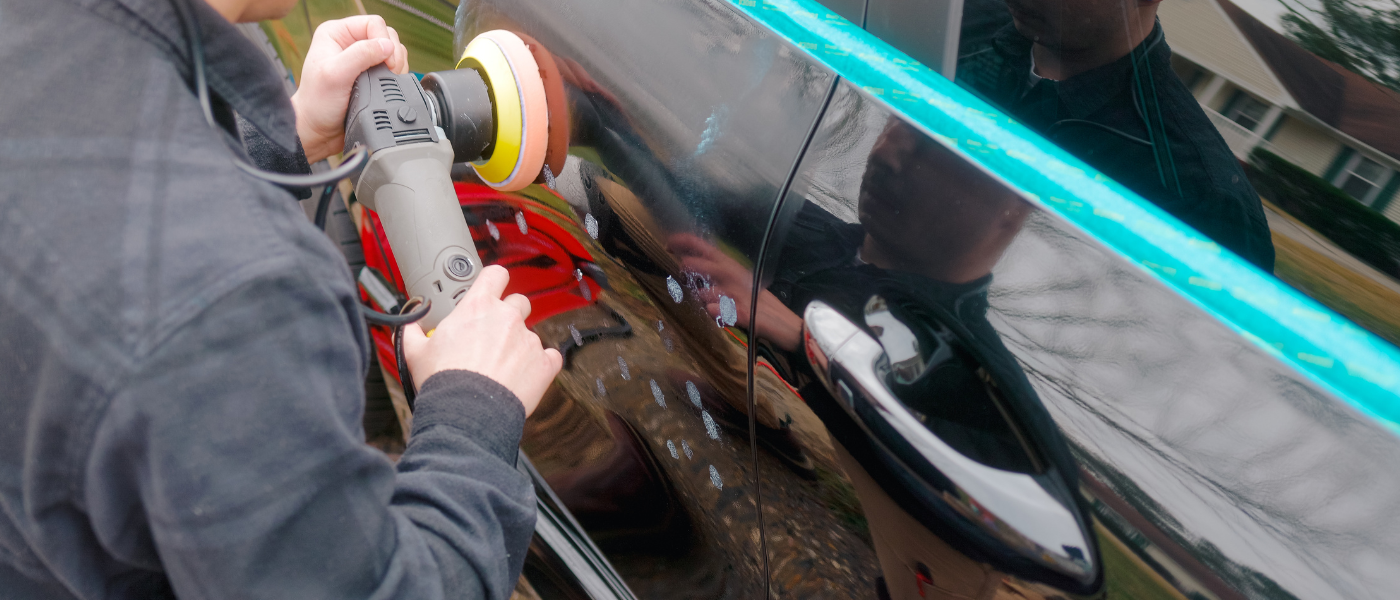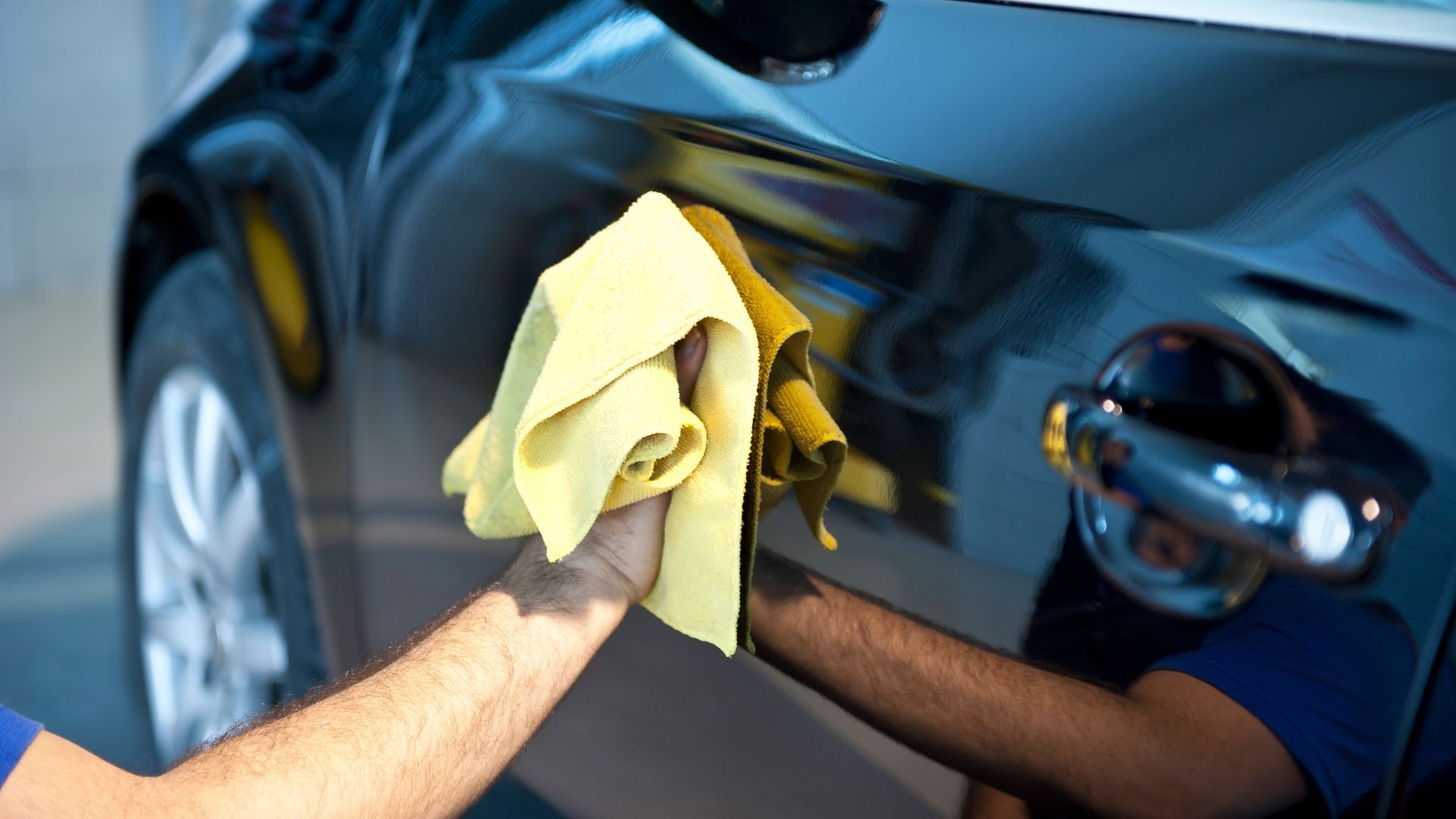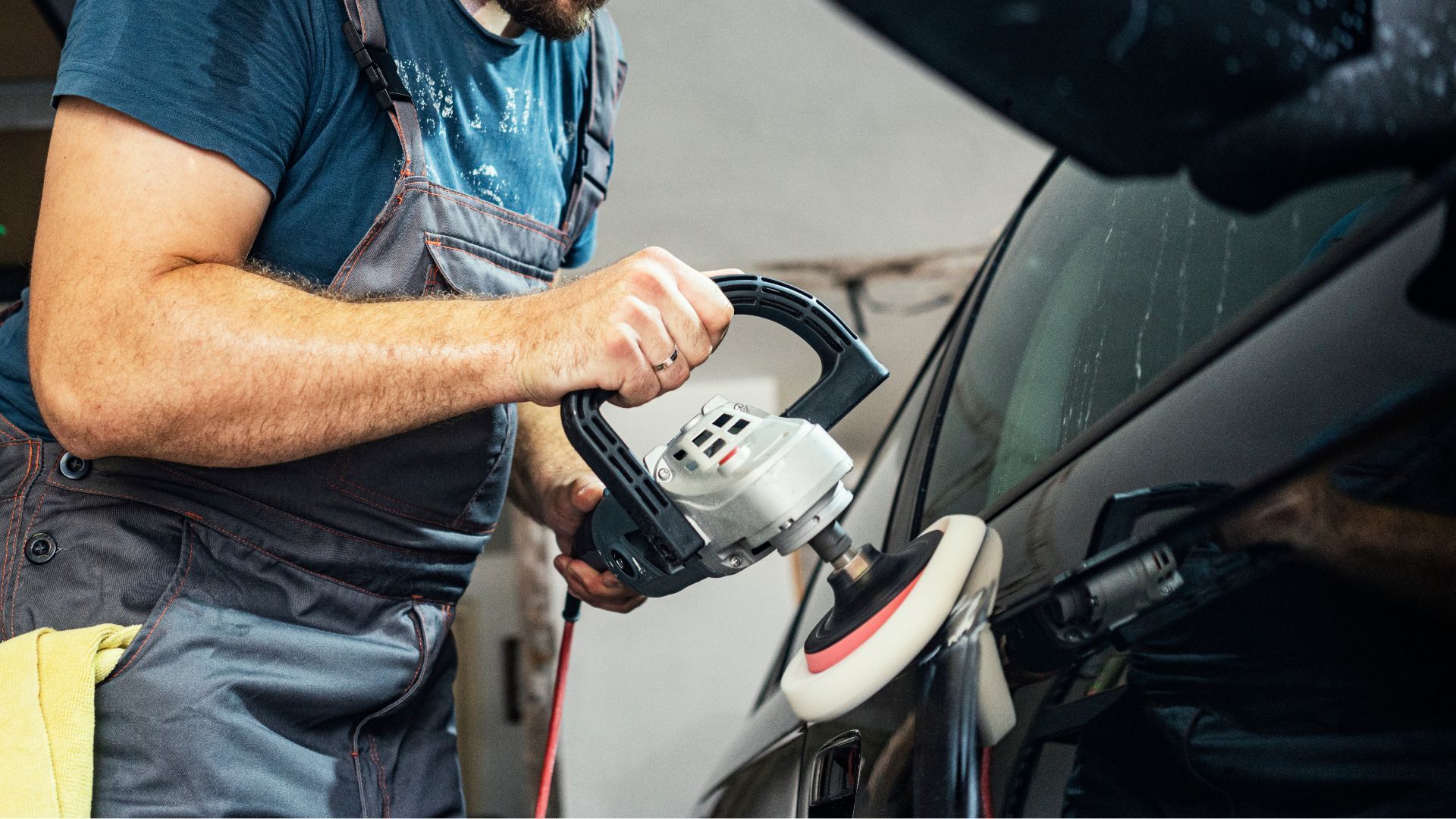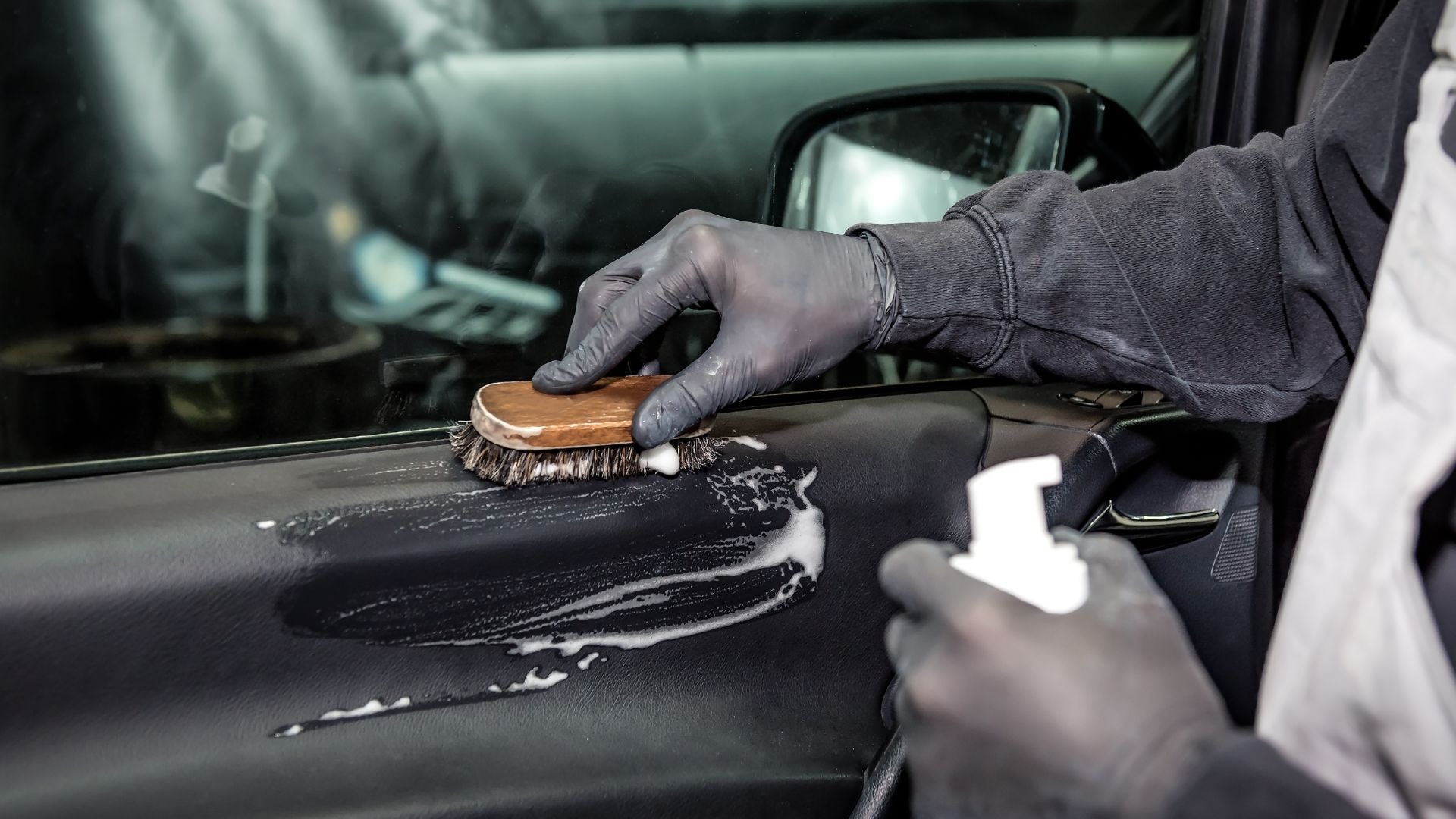Common Paint Issues and How Paint Correction Can Fix Them
Have you ever noticed little swirls in your car's paint or fine scratches that seem impossible to rub out no matter how hard you try? You're not alone - paint imperfections are extremely common for vehicles that see regular use and exposure to the elements. The truth is, over time factors like weathering, accidental damages from things brushing up against your car, and even automated car washes can slowly degrade your paint's clear coat protection. Left unaddressed, these minor paint issues have a way of compounding and becoming bigger problems down the road. The good news is there is a paint correction process that expert detailers use to tackle common paint defects and restore your vehicle's shiny appearance. In this blog post, I'll explain some of the most prevalent paint issues owners encounter and how a treatment involving paint correction can reverse damage and return your car's factory-fresh look.

Common Issues With Car Paint
It's no secret that car paint can take a beating over time. From minor scratches to major chips, fading to oxidation, there are a multitude of issues that can arise. These problems not only detract from your vehicle's appearance, but can also affect its value. Scratches can invite rust, fading can indicate sun damage, and oxidation can lead to peeling and flaking. While these issues may seem daunting, many of them can be prevented or easily remedied if caught early. By staying informed on the common issues with car paint and taking proactive steps to address them, you can ensure that your vehicle looks its best for years to come.
The Cause of These Issues
As car owners, we all want our vehicles to look their best, but sometimes common issues arise with the paint. Scratches, fading, and oxidation can be frustrating, but it's important to understand how these problems can occur. Age is a major factor in the deterioration of car paint, as over time the paint can become brittle and easily chip or scratch. Weather conditions can also play a role, with prolonged exposure to sunlight and moisture causing fading and oxidation. Lastly, improper care such as using harsh chemicals or neglecting regular washing and waxing can speed up the damage to the paint. By keeping these factors in mind and taking steps to properly maintain your car's paint, you can avoid these issues and keep your vehicle looking like new.
Introducing Paint Correction: The Solution To Your Paint Problems
If you're a car enthusiast, then you already know the frustration of seeing your beloved vehicle covered in scratches, faded paint, or unsightly oxidation. Luckily, there's a solution that will have your car looking like it came straight off the showroom floor.
Paint correction is a process that involves the removal of surface imperfections, such as scratches, swirl marks, and fading, to restore your car's paint to its former glory. This often involves the use of specialized tools and equipment, and should only be performed by a trained professional to ensure the best possible results. With paint correction, your vehicle will not only look better, but will also be better protected against future damage - making it a worthwhile investment for anyone who takes pride in their car's appearance.
How Paint Correction Works
When it comes to achieving a flawless paint finish on your vehicle, paint correction techniques are crucial. These techniques involve buffing and polishing the paint to remove scratches, swirl marks, and other imperfections that can be caused by everyday wear and tear. A skilled technician will use a variety of abrasive compounds and polishing pads to gently remove the damaged layers of paint. This can be an incredibly delicate process since the goal is to remove as little paint as possible while still achieving a smooth, glass-like finish. Once the correction stage is complete, the surface can then be sealed with a protective coating to prevent future damage. Overall, paint correction is a multi-step process that requires a lot of patience and attention to detail, but the end result is always worth it.
Benefits of Paint Correction
As car enthusiasts know, there are few things more satisfying than seeing your ride in its most pristine and polished state. However, over time, the paint on your vehicle can endure a range of environmental factors such as dirt, grime, and UV rays which can lead to a dull and faded appearance. This is where paint correction can be a game-changer. By removing layers of swirls and scratches, paint correction can restore your car's shine and color, resulting in a finish that looks like it just rolled off the showroom floor. Apart from the aesthetic benefits, paint correction can also protect against future damage by sealing the paintwork and adding an extra layer of protection. Not to mention, a freshly corrected paint job can significantly increase the resale value of your car. With these perks in mind, it's easy to see why paint correction is an investment that pays off in the long run.
Misconceptions About Paint Correction
It's not uncommon for car owners to be hesitant when it comes to paint correction, and for good reason. Misconceptions around this process, such as it being expensive or damaging to the car's finish, can deter even the most diligent car enthusiasts. However, the reality is that paint correction is a viable option for restoring your car's paint and should be at the top of your checklist for maintenance. While it may seem costly at first, the benefits of paint correction are well worth the investment in the long run, not to mention the protection it provides to your vehicle's paint job. So, next time you consider skipping out on paint correction, remember that it is not only beneficial but necessary for the overall health and beauty of your car.
Tips for Finding a Professional paint Correction Specialist
When you're in the market for paint correction services, it's crucial to find a reputable professional who can give your car the care it deserves. The process of correcting paint imperfections requires skill, experience, and attention to detail. So, what should you be looking for? Firstly, do your research and shop around to find a professional with a good reputation. Look for reviews and testimonials from previous customers to ensure quality work. Secondly, ask about the products and tools used during the paint correction process, as well as the experience and training of the professional. A reputable professional will be happy to answer all your questions and provide proof of their certifications if requested. Lastly, don't forget to check for insurance and warranties to ensure your investment is protected. With these tips in mind, you'll be able to find a reliable professional who can restore your car's paint job to its former glory.
DIY Options
When it comes to maintaining the appearance of your car, dealing with minor issues like light scratches or swirl marks can seem like a daunting task. However, there are DIY options available that can help you restore your vehicle's exterior finish without breaking the bank. One common remedy for light scratches is to use toothpaste. Simply apply a small amount onto the scratch and buff it out using a microfiber cloth. For swirl marks, try using a clay bar. Gently rub the clay bar over the affected area, followed by a coat of wax to protect the paint. These simple yet effective DIY options can help keep your car looking like new without the need for expensive professional services.
Conclusion
In conclusion, the importance of car paint cannot be overstated. It is the first thing that catches the eye and sets the tone for your vehicle's overall appearance. However, common issues such as scratches, fading, and oxidation can significantly diminish the look of your car. These problems can be caused by a variety of factors like age, weather conditions, and improper care. But fear not, as there is a solution to these woes - paint correction.
Paint correction is a process that involves buffing, polishing, and sealing techniques to restore the shine and color of your car's paint. Not only does it fix existing problems, but it also protects against future damage and increases resale value. Despite its benefits, many people have misconceptions about paint correction, believing it to be expensive or damaging to their car's finish. However, with a reputable professional who uses proper techniques and products, these concerns are unfounded.
But what if you want to tackle minor issues like light scratches or swirl marks on your own? DIY options are available for those who are handy with a buffer and polishing compound. However, for more extensive issues or if you're unsure about how to proceed on your own, it's always best to seek out a professional for their expertise.
Remember, invest in proper care for your vehicle's paint now; it will pay off both aesthetically and financially in the future. Thank you for reading our detailed guide on car paint and its impact on your vehicle's appearance. We hope it has been informative and helpful in understanding the importance of paint correction. Keep your car looking brand new with the right care and attention, and watch heads turn as you drive by.



